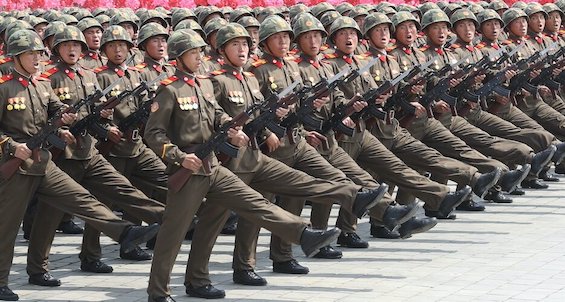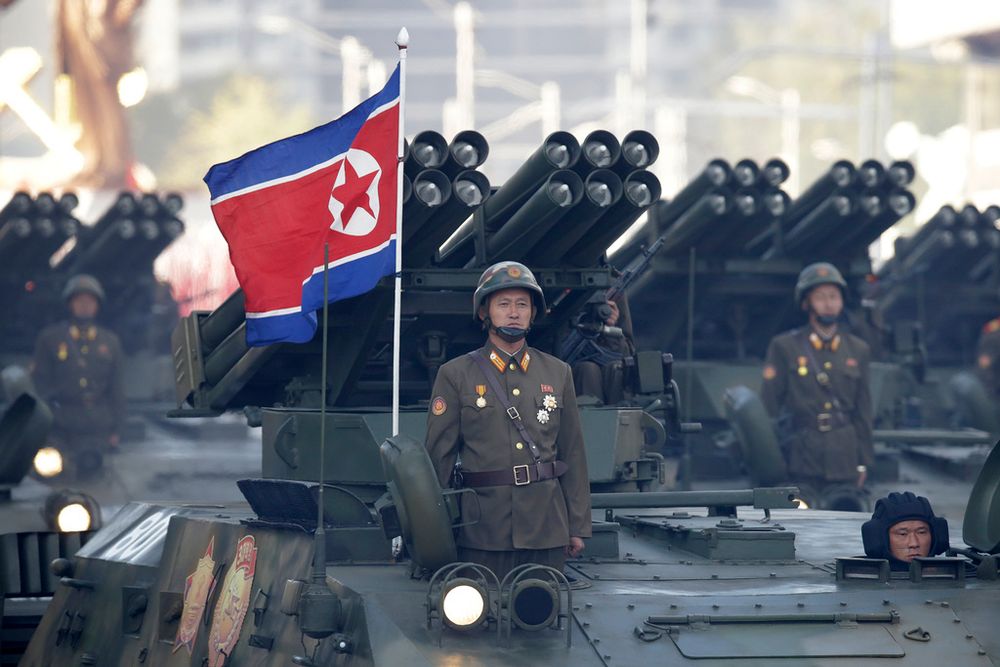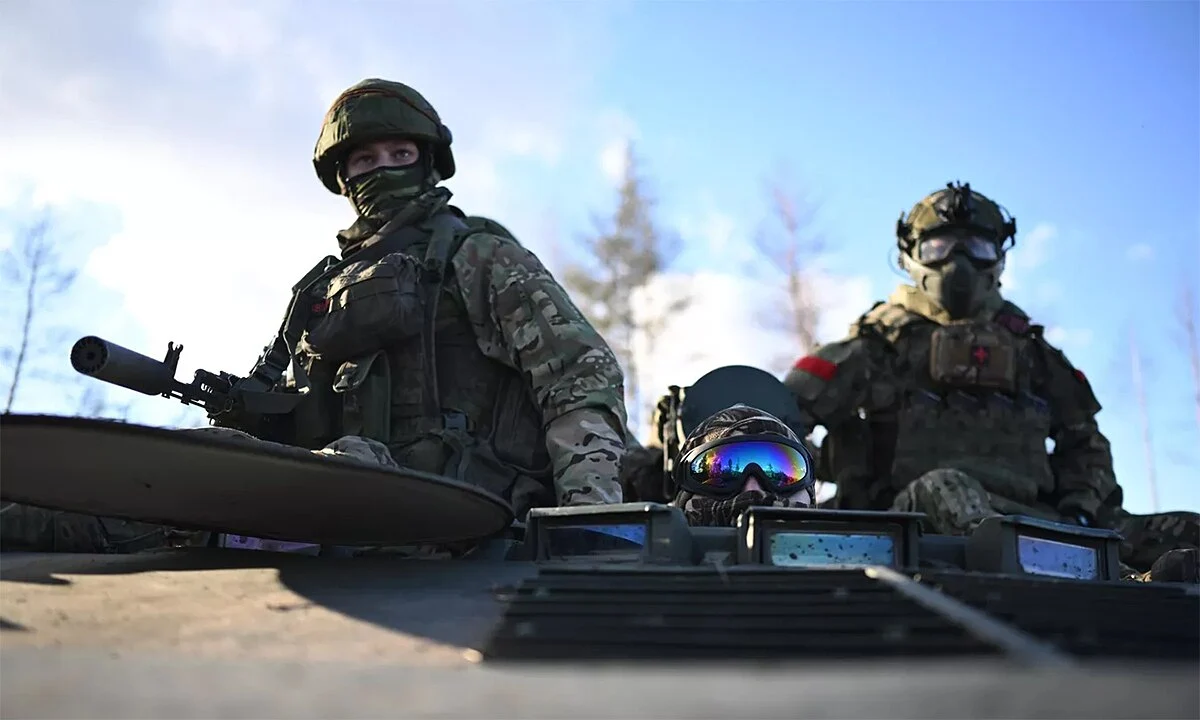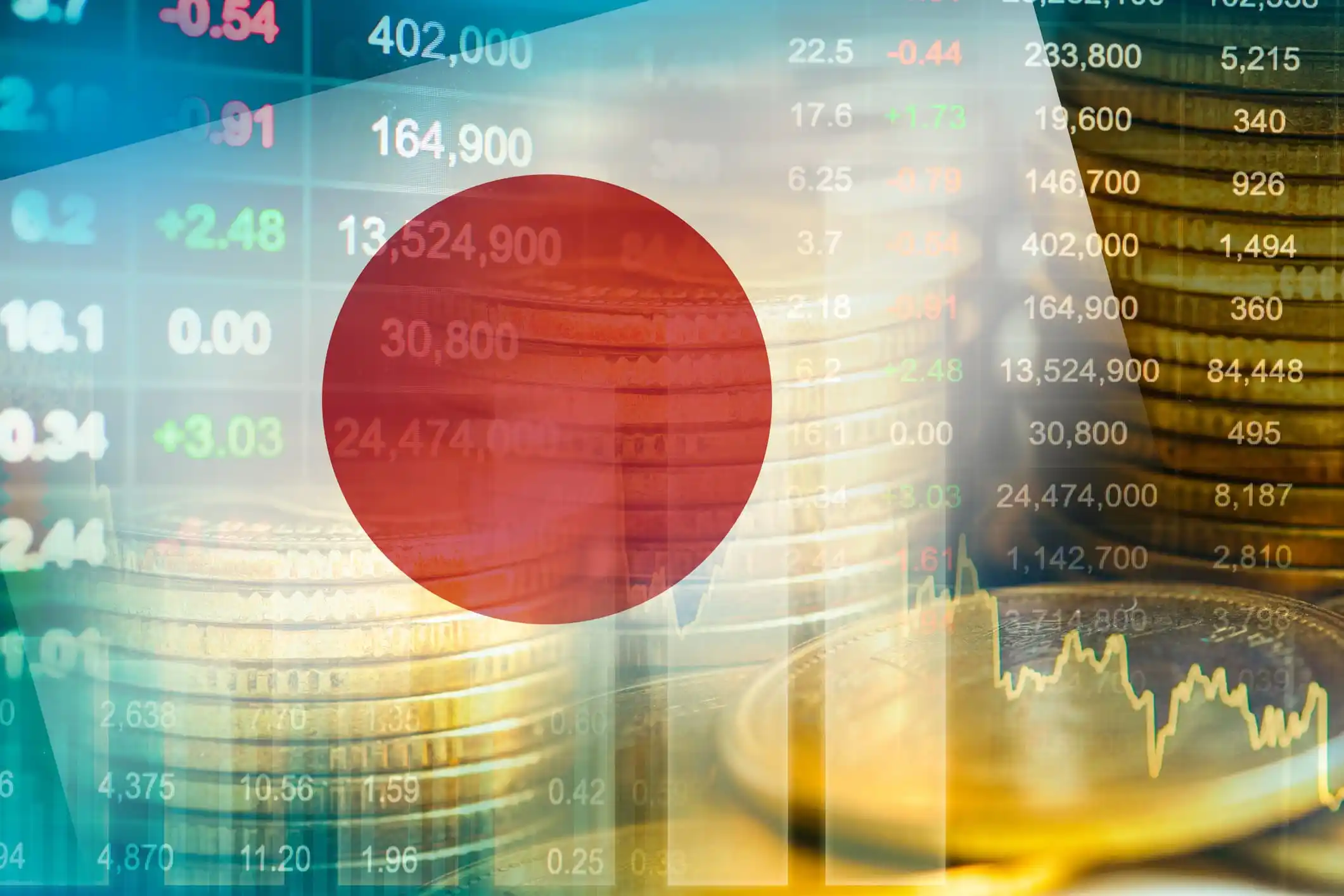North Korea has recently unveiled a new tactical missile that combines a hypersonic glide vehicle with solid fuel engines, marking a significant advancement in its missile technology. This development has raised concerns globally, as experts view it as the most dangerous missile yet from North Korea. In this article, we delve into the details of this new missile and analyze why it is considered a potent threat.
The Technological Breakthrough
North Korea's latest missile combines two cutting-edge technologies: a hypersonic glide vehicle and solid fuel engines. This technological breakthrough enhances the missile's speed, maneuverability, and overall effectiveness, posing a more formidable challenge to existing defense systems.
Understanding Hypersonic Glide Vehicles
1. Unpredictable Flight Path
Hypersonic glide vehicles can travel at speeds exceeding Mach 5, making their flight paths unpredictable and difficult to track. This unpredictability enhances their ability to evade missile defense systems.
2. Maneuverability
The combination of high speed and maneuverability allows the missile to make sudden and rapid changes in direction during its descent, making interception challenging for defense systems.
3. Reduced Warning Time
The rapid speed of hypersonic glide vehicles significantly reduces the warning time for potential targets, limiting the response window and increasing the element of surprise.
Advantages of Solid Fuel Engines
1. Quick Launch Capability
Solid fuel engines provide a quick launch capability, enabling the missile to be prepared and launched in a shorter timeframe compared to liquid fuel systems.
2. Enhanced Mobility
Solid fuel allows for increased mobility, as the missile can be transported and deployed more easily, reducing the risk of detection before launch.
3. Operational Flexibility
Solid fuel engines offer operational flexibility, allowing for rapid response to emerging situations and potential threats.
Why It Is The Most Dangerous Yet
1. Increased Speed and Maneuverability
- The combination of hypersonic glide vehicles with solid fuel engines amplifies the missile's speed and maneuverability, making it highly challenging to intercept and neutralize.
2. Reduced Defense Response Time
- The hypersonic speed reduces the time available for defense systems to respond, increasing the effectiveness of the missile in reaching its target.
3. Evasion of Missile Defense Systems
- The unpredictable flight path and rapid changes in direction during descent make it difficult for existing missile defense systems to track and intercept the missile effectively.
4. Enhanced Strategic Reach
- The technological advancements in this new missile provide North Korea with an enhanced strategic reach, posing a greater threat to neighboring countries and potentially beyond.
Global Concerns and Reactions

The unveiling of North Korea's new tactical missile has triggered widespread global concerns. Nations in the region and beyond are evaluating the potential impact on regional stability and the balance of power. The development has led to renewed calls for diplomatic efforts to address North Korea's missile capabilities and nuclear ambitions.
Diplomatic Responses
In response to North Korea's latest missile unveiling, diplomatic efforts are underway to engage with Pyongyang and address the underlying security challenges. Regional powers, including South Korea, Japan, China, and the United States, are actively seeking avenues for dialogue and negotiation to mitigate tensions and prevent further escalation.
Multilateral Cooperation
Multilateral cooperation is essential in addressing the broader implications of North Korea's missile advancements. Regional forums and international organizations provide platforms for dialogue, confidence-building measures, and diplomatic initiatives aimed at promoting stability and security in Northeast Asia.
Sanctions and Deterrence
While diplomatic engagement remains paramount, sanctions and deterrence measures continue to be part of the international response to North Korea's provocations. Enhanced sanctions regimes and robust deterrence capabilities serve as important tools in deterring further missile tests and military provocations.
Humanitarian Concerns
Amidst heightened security tensions, the well-being of the North Korean people remains a priority. Humanitarian assistance and engagement with civil society organizations play a crucial role in addressing humanitarian needs and promoting stability on the Korean Peninsula.
Long-Term Security Framework
Looking ahead, efforts to establish a comprehensive and sustainable security framework for Northeast Asia are imperative. A framework that addresses the security concerns of all stakeholders, fosters confidence-building measures, and promotes dialogue and cooperation is essential for lasting peace and stability in the region.
Conclusion
North Korea's new tactical missile, incorporating a hypersonic glide vehicle with solid fuel engines, represents a significant advancement in missile technology and poses a potent threat to regional security. The international community must remain vigilant and proactive in addressing the evolving security challenges posed by North Korea's missile program.
Through diplomatic engagement, multilateral cooperation, and a commitment to peace and stability, the international community can work towards resolving tensions on the Korean Peninsula and promoting a future of security and prosperity for all stakeholders involved. The road ahead may be challenging, but with concerted efforts and unwavering resolve, lasting peace and stability in Northeast Asia are achievable goals.






